Familiarity with Treatment
This combined procedure is often performed for patients who have both glaucoma and cataracts. Trabeculectomy is a surgical procedure to treat glaucoma by creating a drainage pathway to lower intraocular pressure (IOP). Cataract surgery involves removing the cloudy lens and replacing it with an intraocular lens (IOL). A monofocal IOL is a type of lens that provides clear vision at one distance, typically either near or far.
Procedure Explanation
- Trabeculectomy:
- A small flap is created in the sclera (white part of the eye).
- A drainage pathway is made to allow fluid to escape from the eye, reducing IOP.
- A small reservoir (bleb) forms under the conjunctiva (the outer covering of the eye) to collect the fluid.
- Cataract Surgery:
- The cloudy natural lens is removed through a small incision.
- A monofocal IOL is implanted to replace the natural lens, providing clear vision at a single distance.
Who is it Suitable For?
- Patients with both glaucoma and cataracts.
- Individuals who need to lower their IOP and improve their vision simultaneously.
- Patients who prefer a single surgical procedure to address both conditions.
Who is it Not Suitable For?
- Patients with severe eye infections or inflammation.
- Individuals with certain types of glaucoma that may not respond well to trabeculectomy.
- Patients who require multifocal vision correction (near and far) may not benefit from a monofocal IOL.
Advantages
- Combined Procedure: Addresses both glaucoma and cataracts in one surgery.
- Improved Vision: Monofocal IOL provides clear vision at one distance.
- Reduced IOP: Trabeculectomy effectively lowers intraocular pressure.
- Convenience: One surgical recovery period instead of two separate ones.
Complications
- Infection: Risk of infection in the eye.
- Bleeding: Possible bleeding during or after surgery.
- Vision Issues: Potential for blurred vision or glare.
- Bleb Failure: The drainage bleb may fail, requiring additional surgery.
- Cataract Formation: Trabeculectomy can sometimes accelerate cataract formation if not already present.
Previous Care
- Preoperative Assessment: Comprehensive eye examination and measurements.
- Medication Review: Adjustments to current medications, especially those affecting IOP.
- Health Evaluation: General health check to ensure suitability for surgery.
Aftercare
- Medications: Use prescribed eye drops to prevent infection and control inflammation.
- Follow-Up Visits: Regular check-ups to monitor IOP and healing.
- Activity Restrictions: Avoid strenuous activities and protect the eye from injury.
- Vision Monitoring: Report any changes in vision or discomfort to your ophthalmologist immediately.

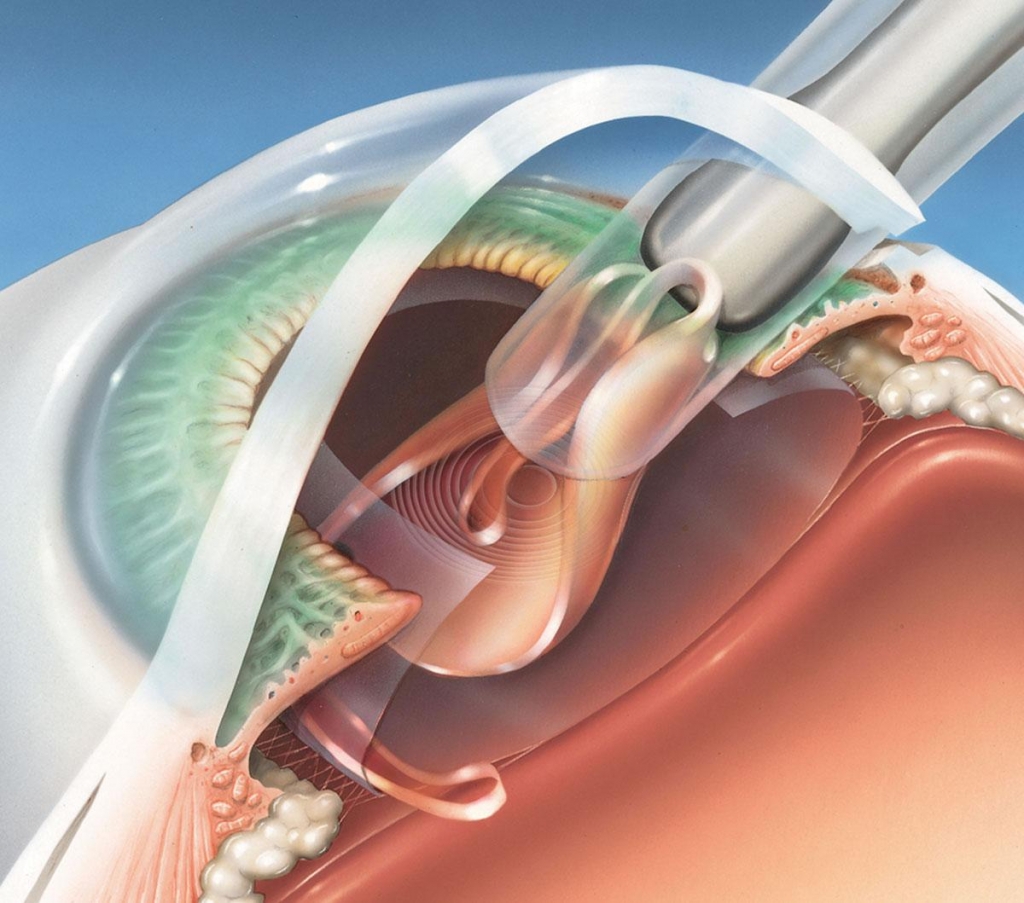



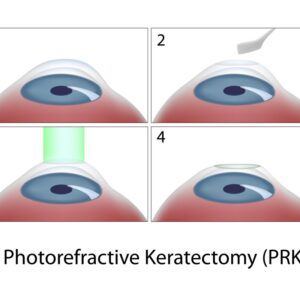

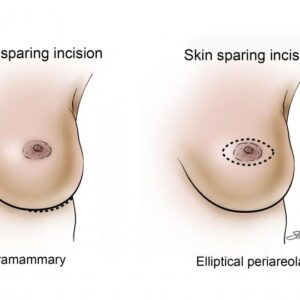
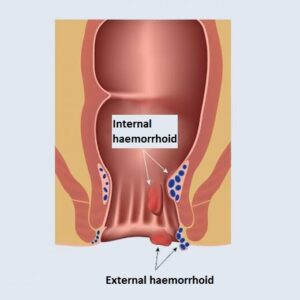
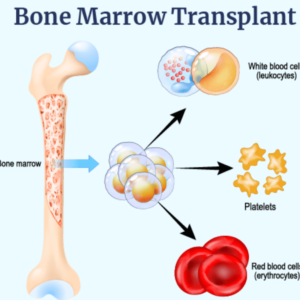
Reviews
There are no reviews yet.